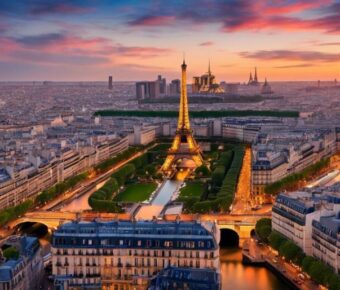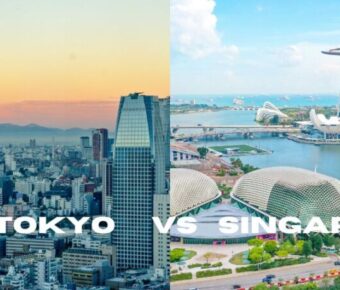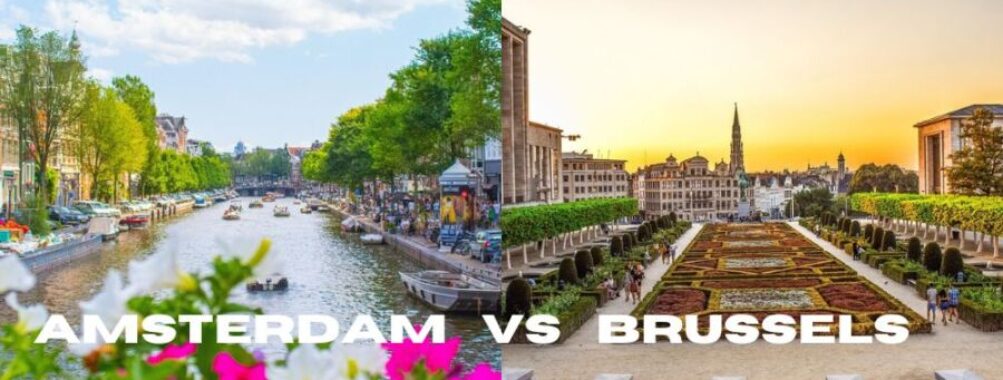
Amsterdam vs Brussels: Which European Capital Offers Better Value in 2025?
Amsterdam and Brussels stand just a few hours apart by train, yet these European capitals offer completely different experiences for visitors. Amsterdam captivates tourists with its picturesque canals, world-class museums, and vibrant cultural scene, while Brussels charms with its grand architecture, rich history, and more relaxed atmosphere.
Both cities showcase the best of Dutch and Belgian culture. Amsterdam’s winding waterways, lined with narrow houses and blooming gardens, create a dreamy setting for exploring. Brussels brings together Gothic grandeur and modern European politics, with its stunning Grand Place and role as the EU’s main hub.
The choice depends on what a traveler seeks. Amsterdam draws those who love art, cycling, and canal-side cafes. Brussels appeals to history buffs, food lovers, and those who want to experience a less touristy European capital. Each city offers unique treasures waiting to be discovered.
Contents
- Geographical and Historical Context
- Amsterdam: The Dutch Capital
- Brussels: The Heart of Belgium and the EU
- Cultural Significance and Attractions
- Iconic Museums and Art Galleries
- Historical Sights and Monuments
- Leisure and Entertainment
- Vibrant Nightlife and Music Scenes
- Parks and Recreational Areas
- Cuisine and Gastronomy
- Distinctive Food Experiences
- Famous Beverages and Chocolates
- Shopping and Markets
- Unique Shopping Districts
- Local Markets and Artisan Products
- Accommodation and Transport
- Hotels and Places to Stay
- Public Transport and Getting Around
- Frequently Asked Questions
- What are the cost of living differences between Amsterdam and Brussels?
- Which city offers better nightlife, Brussels or Amsterdam?
- Can you compare the experience of visiting Amsterdam versus Brussels with children?
- How do living conditions in Brussels stack up against those in Amsterdam?
- Which has a larger population, Amsterdam or Brussels?
- Regarding overall travel experience, should I allocate more time to Amsterdam or Brussels?
- More Travel Guides
Geographical and Historical Context
Amsterdam and Brussels stand as two iconic European capitals, each with deep historical roots and distinctive cultural characteristics that shape their modern identities.
Amsterdam: The Dutch Capital
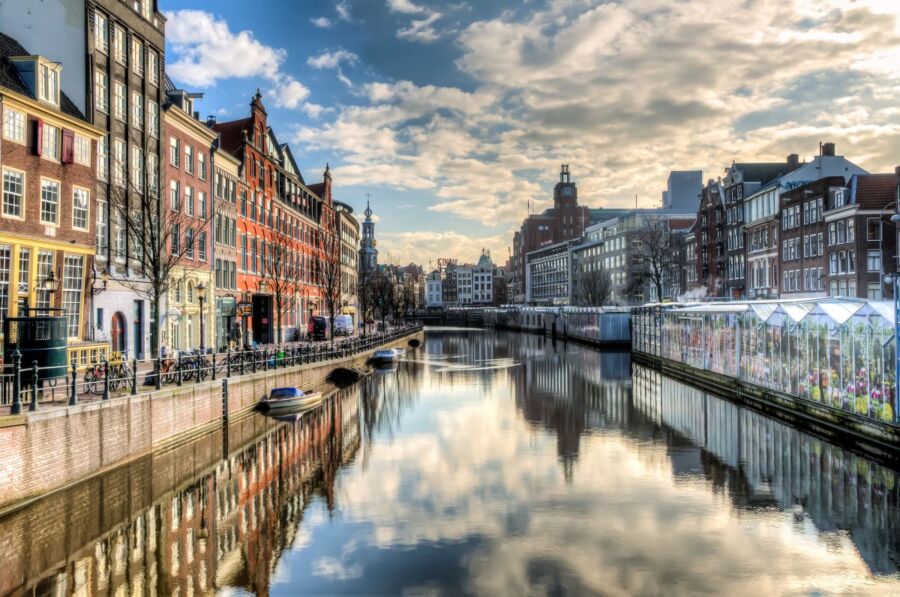
Amsterdam sits on a network of 165 canals that form a UNESCO World Heritage Site. The city grew from a small fishing village in the 12th century into a major trading hub during the Dutch Golden Age of the 1600s.
The city’s famous Canal Ring dates back to the 17th century. These waterways shaped Amsterdam’s growth and remain central to its character today.
Many of the narrow houses along the canals tilt forward slightly – this design helped merchants hoist goods into storage spaces without hitting the building facades. These canal houses showcase the city’s rich merchant history.
Brussels: The Heart of Belgium and the EU
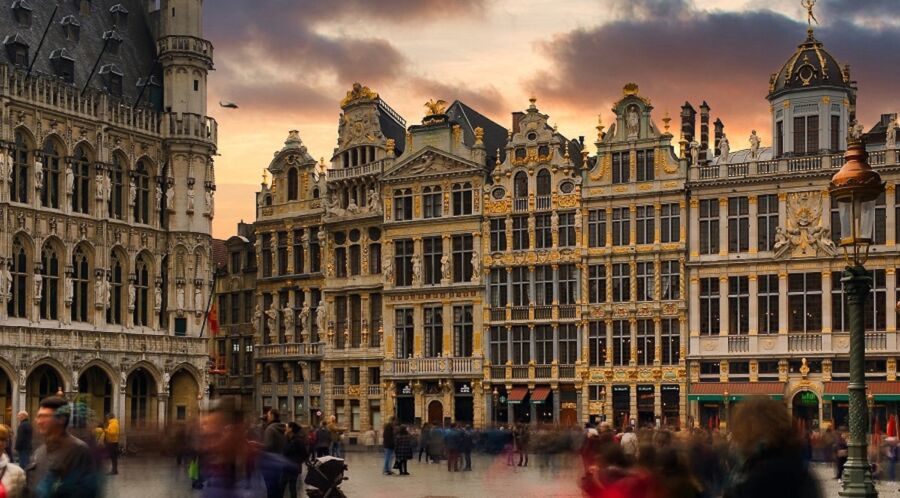
Brussels emerged as a fortress town in the 10th century. The city’s historic center features the Grand Place, a stunning medieval square recognized as a UNESCO World Heritage site.
The city transformed from a regional trading post into a major European capital. Its strategic location between France, Germany, and the Netherlands made it an ideal meeting point.
Brussels gained new importance after World War II as the headquarters of the European Union. The EU district now houses key institutions like the European Commission and Council.
The mix of Gothic, Baroque, and Art Nouveau architecture tells the story of Brussels’ evolution through different periods. The Lower Town preserves medieval streets while the Upper Town shows off 19th-century grandeur.
Cultural Significance and Attractions
Amsterdam and Brussels each offer unique cultural experiences through their world-famous museums and historic landmarks. Both cities preserve important moments in European history while celebrating artistic achievements.
Iconic Museums and Art Galleries
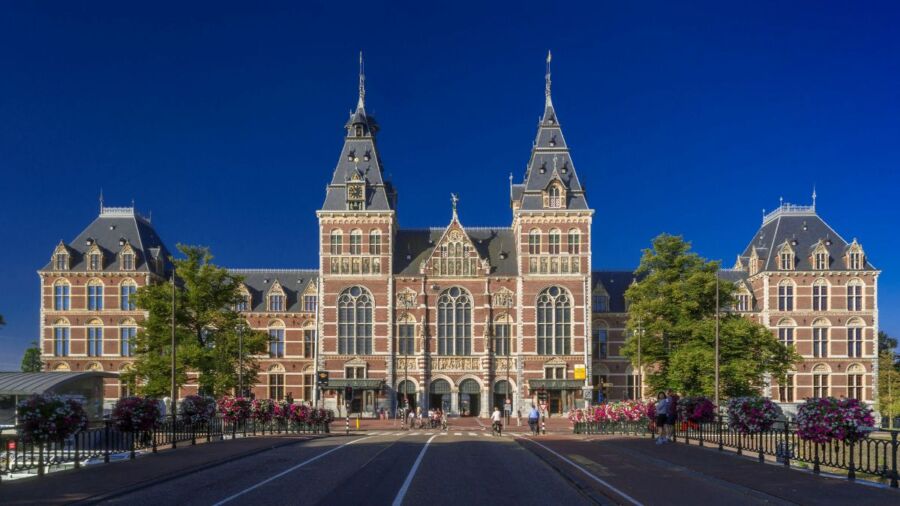
The Rijksmuseum stands as Amsterdam’s crown jewel, housing Dutch masterpieces from the Golden Age. Its vast collection includes Rembrandt’s “The Night Watch” and works by Vermeer.
The Van Gogh Museum celebrates the beloved Dutch painter with the largest collection of his works anywhere. Visitors can see “Sunflowers” and “The Potato Eaters” up close.
Brussels shines with its Museum of Musical Instruments, set in an Art Nouveau building. The museum displays over 1,200 historical instruments.
Comic book fans flock to the Tintin Museum in Brussels, which showcases the adventures of Belgium’s famous cartoon reporter.
Historical Sights and Monuments
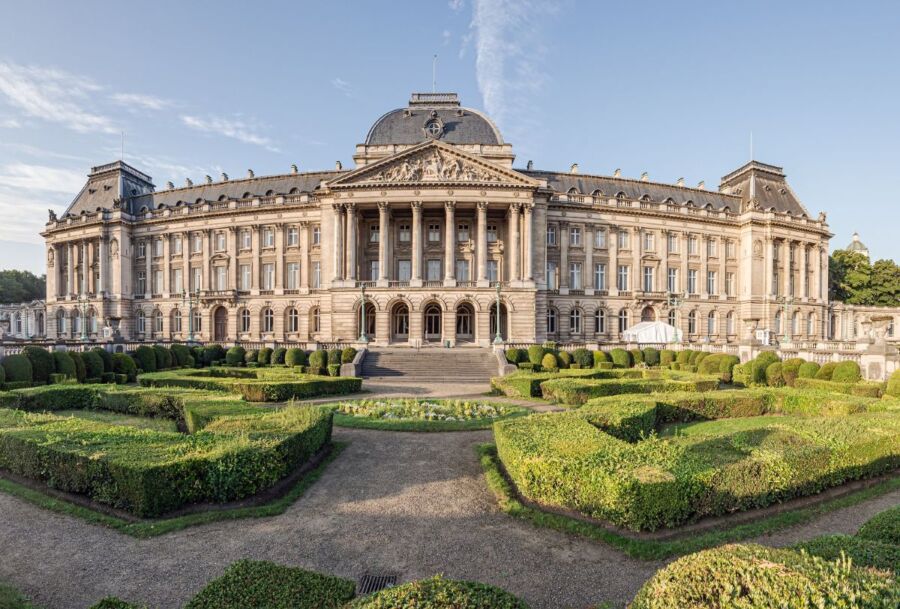
The Anne Frank House remains one of Amsterdam’s most moving sites. The preserved hiding place offers a powerful glimpse into WWII history.
Brussels’ Grand Place dazzles visitors with its ornate Gothic and Baroque guildhalls. This UNESCO World Heritage site hosts festivals throughout the year.
The futuristic Atomium stands as Brussels’ most distinctive landmark. Built for the 1958 World’s Fair, its nine giant spheres represent an iron crystal magnified 165 billion times.
The Royal Palace of Brussels opens its magnificent state rooms to the public each summer. Its grand hallways showcase Belgian art and craftsmanship.
Leisure and Entertainment
Amsterdam and Brussels each offer distinct entertainment scenes that cater to different tastes. While Amsterdam is known for its energetic nightlife and expansive parks, Brussels shines with its mix of traditional Belgian pubs and green spaces.
Vibrant Nightlife and Music Scenes

Amsterdam’s Leidseplein and Rembrandtplein districts pulse with energy after dark. The city’s famous coffee shops and Red Light District draw curious visitors, while mainstream clubs host top DJs from around the world.
Brussels takes a more laid-back approach with its cozy brown cafés and beer halls. The Saint-Géry neighborhood features live jazz venues and indie music spots that showcase local talent.
Both cities have active pub cultures. Amsterdam’s Jordaan district is packed with trendy bars and gastropubs. Brussels’ Grand Place area comes alive at night with historic taverns serving hundreds of Belgian beer varieties.
Parks and Recreational Areas
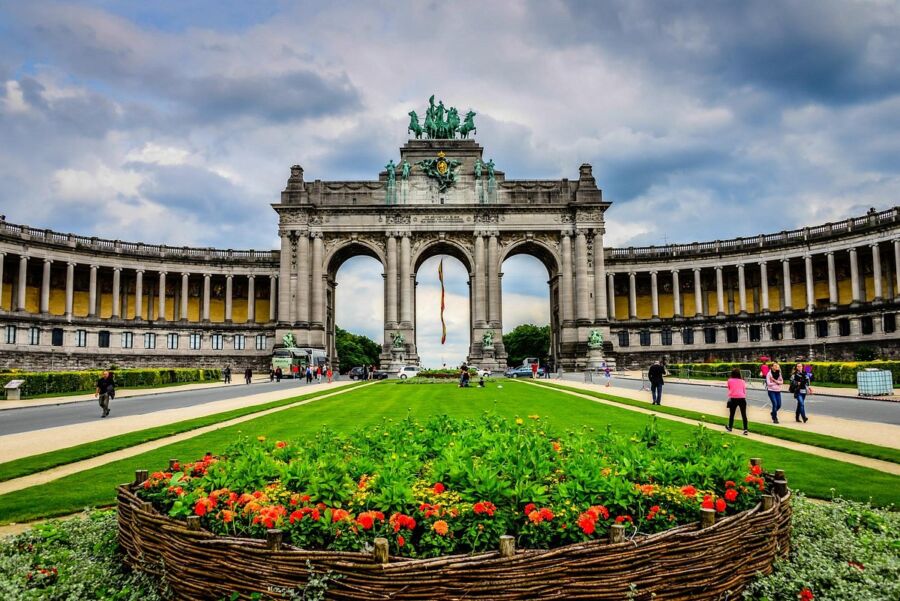
Amsterdam’s Vondelpark serves as the city’s green heart. Locals and tourists alike gather here for picnics, cycling, and outdoor concerts in summer. The park’s winding paths connect to the city’s extensive bicycle network.
The Cinquantenaire Park in Brussels offers wide open spaces perfect for sports and relaxation. Its iconic arch and museums make it a cultural hub as well as a recreational space.
Both cities maintain excellent cycling infrastructure. Amsterdam’s flat terrain makes it ideal for bike rides through urban parks and along canal paths. Brussels has invested in new cycling routes that link its major green spaces.
Cuisine and Gastronomy
Both Amsterdam and Brussels offer amazing food scenes that blend traditional recipes with modern cooking styles. The cities stand out for their unique sweets, street foods, and drinks that reflect their rich cultural heritage.
Distinctive Food Experiences
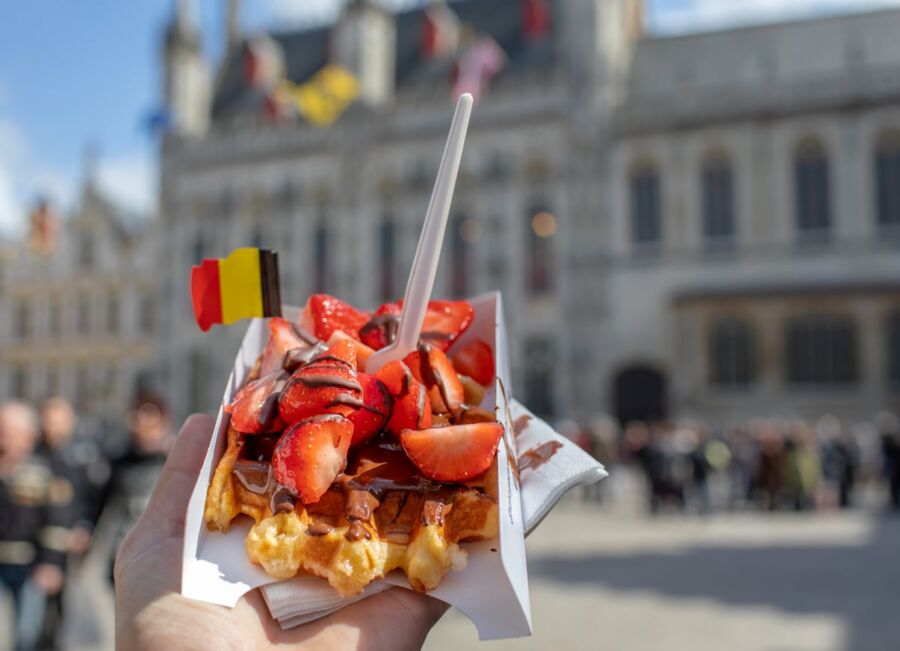
Brussels shines with its famous Belgian waffles, served hot from street vendors and cafes across the city. You’ll find two main types – the light and crispy Brussels waffle and the denser Liege waffle with pearl sugar. The city’s moules-frites (mussels and fries) is a must-try dish at local brasseries.
Amsterdam’s food scene has strong Indonesian influences from its colonial past. Rijsttafel, an Indonesian feast with multiple small dishes, can be found in restaurants throughout the city. The Dutch love their fried snacks – try bitterballen (meat croquettes) or krokets from street vendors.
Traditional cheese shops dot both cities. Amsterdam specializes in aged Gouda and Edam, while Brussels offers local varieties like Passendale and Brusselse Kaas.
Famous Beverages and Chocolates

Belgian chocolate puts Brussels on every sweet lover’s map. Master chocolatiers create pralines and truffles in small shops across the city. Famous names like Godiva, Neuhaus, and Leonidas offer guided tastings and workshops.
Brussels excels in beer culture with over 1,000 varieties brewed in Belgium. Local bars serve unique Trappist beers and fruit-flavored lambics. Try the traditional gueuze beer in historic brown cafes.
Amsterdam’s drink scene features local craft beers from breweries like Brouwerij ‘t IJ. The city is also known for its coffee culture, with cozy cafes serving fresh brews alongside traditional Dutch apple pie.
Shopping and Markets
Both cities offer distinct retail experiences, from luxury boutiques to charming street markets. Amsterdam’s canal-side shops mix modern and vintage, while Brussels shines with its chocolate shops and fashion galleries.
Unique Shopping Districts
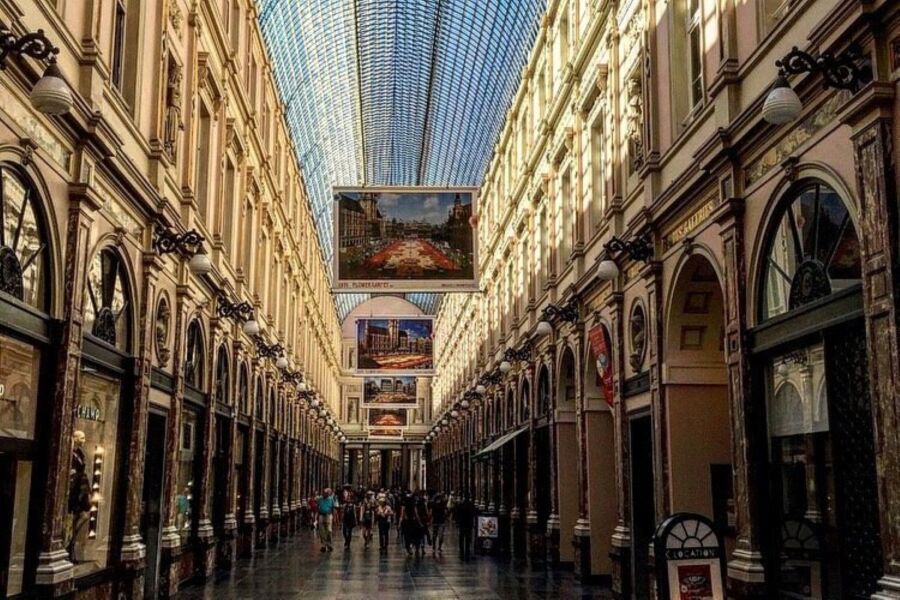
Amsterdam’s Kalverstraat stands out as the main shopping street, packed with international brands and local boutiques. The Nine Streets area crosses through the canals with unique vintage stores and designer shops in historic buildings.
The Royal Saint-Hubert Galleries in Brussels showcase elegant 19th-century architecture filled with high-end fashion stores. The Avenue Louise district features luxury brands and Belgian designer shops.
Local Markets and Artisan Products
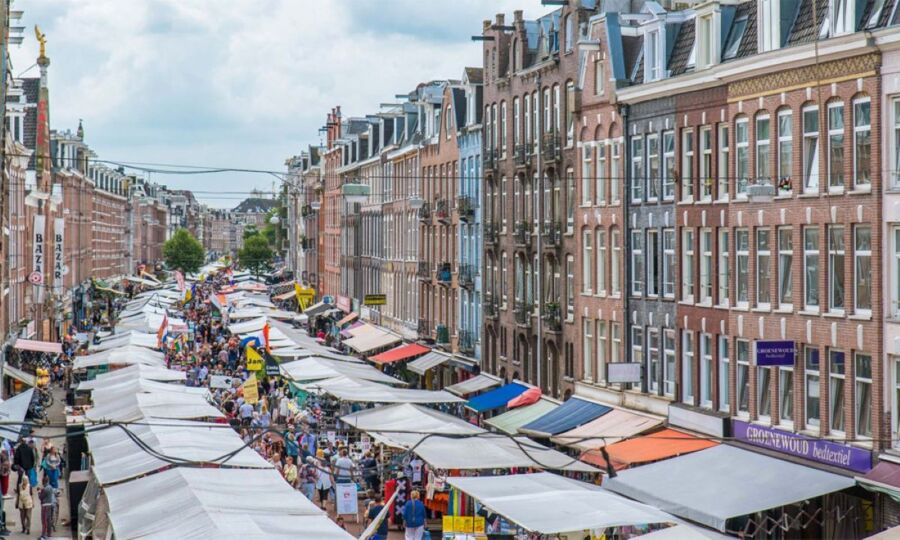
The Albert Cuyp Market in Amsterdam sells fresh stroopwafels made right in front of you. Local cheese shops offer free tastings of Dutch varieties like aged Gouda and Edam.
Brussels’ chocolate shops line the Grand Place, with master chocolatiers crafting pralines and truffles daily. The Midi Market, Brussels’ largest outdoor market, fills with vendors selling Belgian specialties every Sunday.
The Sablon area in Brussels houses antique dealers and art galleries in historic buildings. On weekends, local artisans sell handmade crafts and jewelry at the Place du Grand Sablon.
Accommodation and Transport
Both cities offer varied lodging choices and good ways to get around. Brussels has more affordable places to stay, while Amsterdam shines with its efficient tram network and bike-friendly streets.
Hotels and Places to Stay
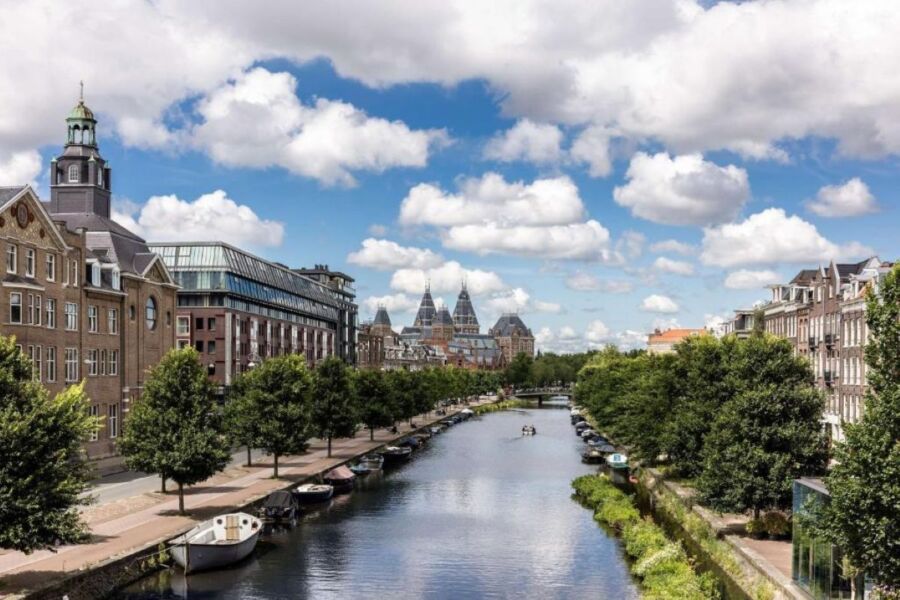
Find hotels and accommodations in both cities range from budget hostels to luxury hotels. Brussels tends to be 20-30% cheaper for similar quality rooms. Most tourists prefer staying near Grand Place in Brussels or the Canal Ring in Amsterdam.
Brussels has many mid-range business hotels that offer good value. The EU district features modern chain hotels, while the historic center mixes boutique properties with budget options.
Amsterdam’s lodging costs more but the charming canal houses turned hotels make up for it. The Jordaan and Museum Quarter neighborhoods have some of the nicest places. Book early since rooms fill up fast, especially in spring and summer.
Public Transport and Getting Around

Amsterdam’s extensive tram network covers most tourist spots. The city has over 500 km of bike lanes, making cycling the locals’ top choice. Canal boats provide scenic transport between major sites.
Buses and trams in Brussels run frequently through the city center. The metro system reaches most neighborhoods and attractions. Walking works well in the compact historic district.
Both cities have excellent rail connections to other European destinations. The Eurostar train links Brussels to London in about 2 hours. Getting from the airport to city center takes under 30 minutes in either place.
Bike sharing is popular in Amsterdam but less common in Brussels due to its hills. Neither city requires a car for sightseeing.
Frequently Asked Questions
Amsterdam and Brussels each offer distinct experiences for visitors, with notable differences in costs, entertainment, family activities, and quality of life.
What are the cost of living differences between Amsterdam and Brussels?
Daily expenses in Amsterdam run about €175 per person, while Brussels costs around €137. This price gap shows up in everything from hotels to meals.
Housing costs more in Amsterdam, with rent prices typically 20-30% higher than Brussels. Even groceries and basic necessities tend to be pricier in the Dutch capital.
Which city offers better nightlife, Brussels or Amsterdam?
Amsterdam’s nightlife scene stands out with its diverse mix of clubs, bars, and live music venues spread across neighborhoods like Leidseplein and Rembrandtplein.
Brussels has a more laid-back evening scene focused on traditional pubs and beer gardens. The city’s nightlife centers around Place Saint-Géry and the Grand Place area.
Can you compare the experience of visiting Amsterdam versus Brussels with children?
Amsterdam shines with kid-friendly spots like NEMO Science Museum, Vondelpark, and canal boat tours. The flat landscape makes it easy to explore by bike with kids.
Brussels appeals to families through attractions like Mini-Europe, the Comic Strip Center, and the Musical Instruments Museum. The city’s smaller size makes it less overwhelming for young travelers.
How do living conditions in Brussels stack up against those in Amsterdam?
Brussels offers more living space for your money and tends to have shorter commute times. The city features many green spaces and parks throughout its neighborhoods.
Amsterdam faces housing shortages and high demand, leading to smaller living spaces. The extensive bike infrastructure and public transport system make getting around easy.
Which has a larger population, Amsterdam or Brussels?
Brussels has about 2.1 million people in its metropolitan area. The city proper holds around 185,000 residents.
Amsterdam’s metropolitan region contains roughly 1.6 million people, with about 870,000 in the city proper.
Regarding overall travel experience, should I allocate more time to Amsterdam or Brussels?
Most travelers need 3-4 days to explore Amsterdam’s main attractions, including its famous museums, canal ring, and historic center.
You can experience Brussels in 2-3 days, covering highlights like Grand Place, the Atomium, and major museums. The compact city center makes sightseeing efficient.
